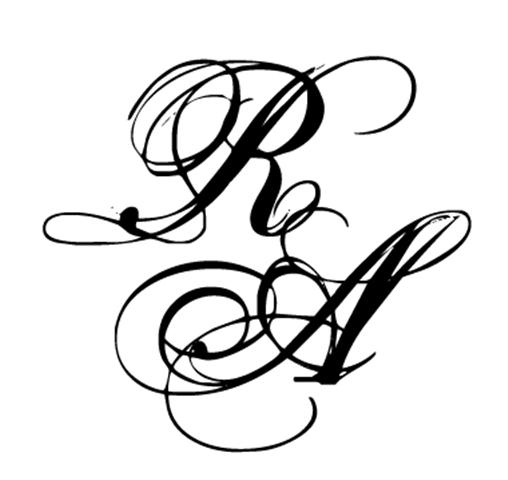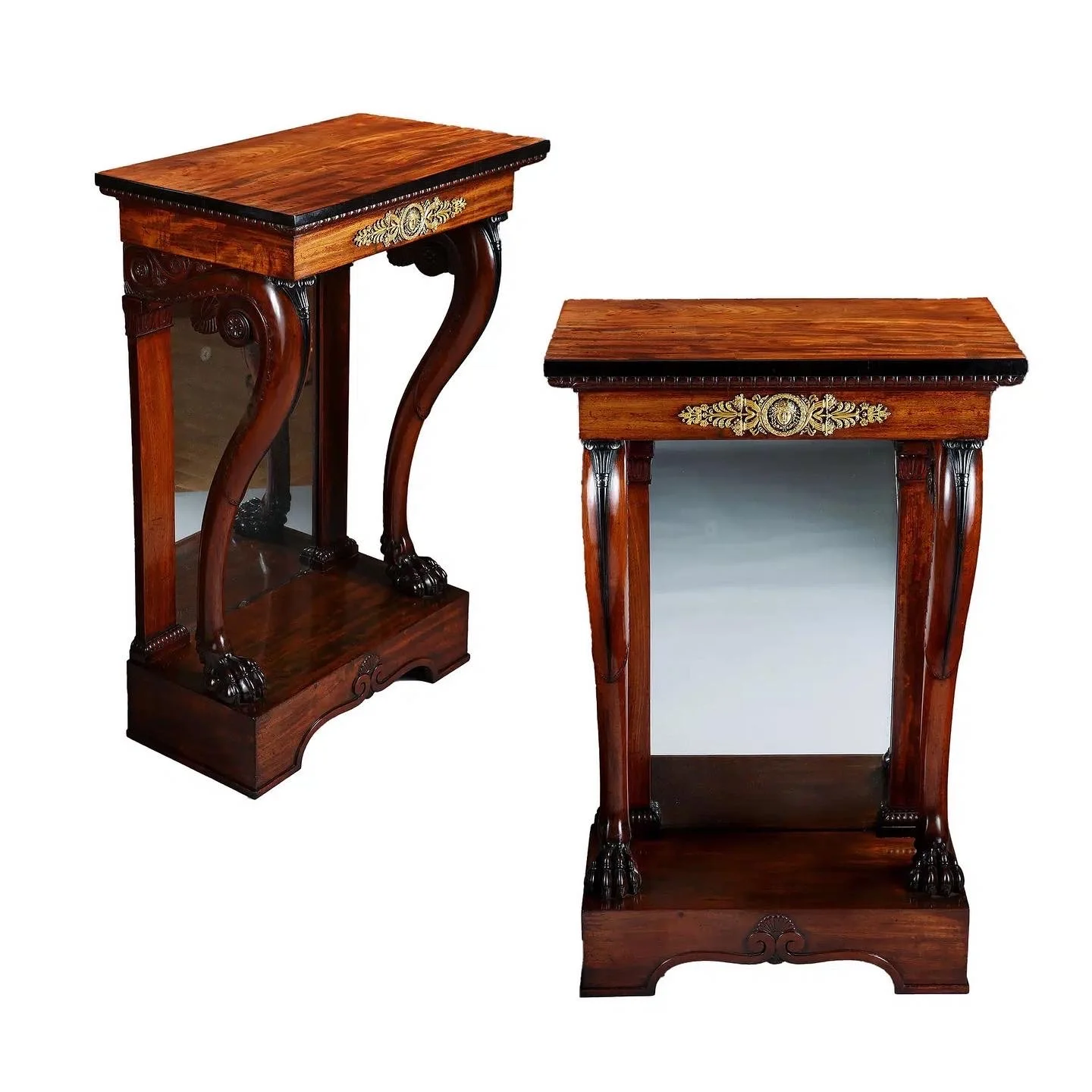A pair of George III Hepplewhite mahogany card tables, attributed to Gillows POA
A pair of George III Hepplewhite mahogany card tables, attributed to Gillows POA
An exceptional pair of late 18th Century mahogany Hepplewhite card tables, attributed to Gillows. The fine figuring of the table tops is enhanced by satinwood banding, the frieze below with fielded panels of figured mahogany. The tables have opening baize interiors and are supported on double gate legs. The legs fluted and tapering down to cylinder arrow feet, typical of this period.
England, c. 1780
Size: 29.5 inches (74.5cm) high; 34.6 inches (88cm) wide; 17.6 inches (45cm) deep
Stock number: VT20442
🔶 On Consignment
.“ unite elegance and utility and blend the useful with the agreeable ”
An instruction written by George Hepplewhite in his book of designs, The Cabinet-maker and Upholsterer’s Guide (1788) regarding the fundamental precepts of good furniture making. His book, published after his death in 1786, epitomised the Neo-Classical style of 1780-85 and contains some 300 designs, covering all types of furniture but demonstrating most beautifully the principle expounded by Robert Adam i.e. that of combining sophisticated elegance with practical utility.
Hepplewhite began as an apprentice to Gillows, founded c.1727 by Robert Gillow in Lancaster and subsequently regarded as the leading firm of English cabinet-makers outside London. Gillows had opened a London based warehouse and showroom by 1776 although the company remained firmly rooted in the north, the main factory staying in Lancaster and leading clients being drawn from the northern and Scottish aristocracy. Gillows‘ handsome, elegant pieces are renowned for the quality of the craftsmanship and for the innate and very beautiful simplicity of their construction..
By around 1760, Hepplewhite had moved to London but did not become a household name in design until after his death. His Guide was widely used as a trade catalogue, particularly by the ‘countrymen and artizans’ for whom it was intended. The Guide listed the differing types of furniture fashionable during the last decade of Hepplewhite’s life - pieces that were eminently simple, rational and yet extremely elegant and refined - modifying and tempering designs to suit the skills and technical abilities of provincial cabinet-makers throughout the land.
Contact us here about this item












